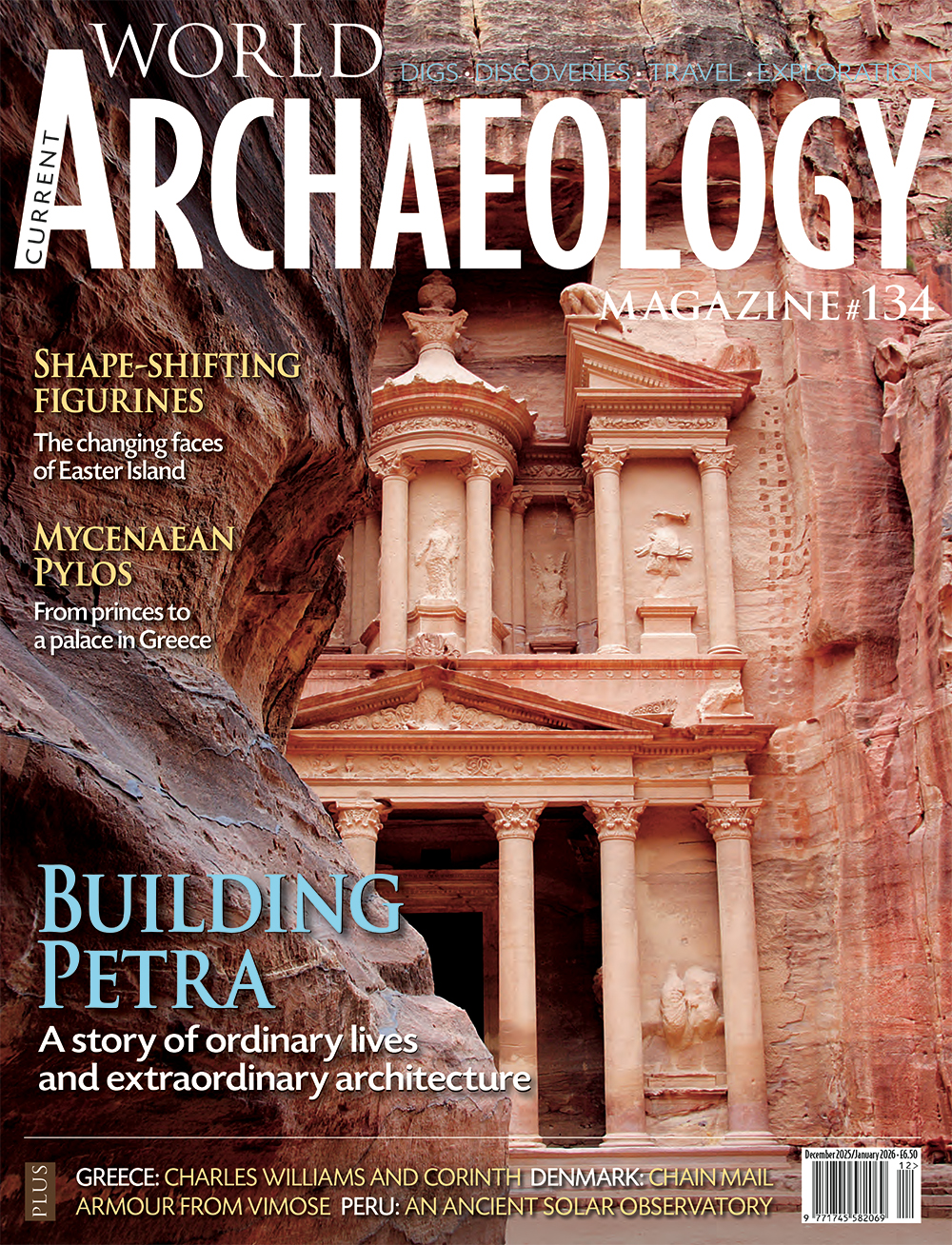The monuments carved into the rose-red rock faces at Petra can be counted among the most renowned archaeological remains on the planet. Yet, for all their familiarity, we know comparatively little about those who laboured to create both these masterpieces and the architecture of Petra more widely. Traces of their endeavours can still be found, though, in the shape of quarries, graffiti, and weathered memorials. Our cover feature goes in search of their Petra, and sheds light on the world that made such grandiose elite funerary architecture possible.
On Easter Island, it is the statues that are famous. As well as the celebrated stone figures, though, Rapanui artisans also crafted a range of rather smaller wooden figurines. Not only is the quality of the workmanship simply exquisite, but research is suggesting that there can be more to these figurines than immediately meets the eye. Rather than presenting a single face to viewers, some display a shapeshifting quality that allows their appearance to change to dramatic effect. –
The renown of Pylos, in Greece, was preserved in the pages of Homer. His words inspired several attempts to find a Bronze Age palace in Messenia. Success was achieved in 1939, when a vast royal complex was discovered. An exhibition is currently setting the finds from the palace alongside those from excavations carried out in its hinterland. Chief among them are the astounding contents of the grave of the Griffin Warrior, which was discovered in 2015. Together, these artefacts shed light on a pivotal period for the Mycenaean world.
At Vimose, in Denmark, it is a fine set of Roman Iron Age chain mail that has been under scrutiny. Study of the armour itself reveals the skill of the ancient metalworkers, while digital modelling is shedding new light on how the chain mail would have performed during use.
In our travel section, Richard Hodges speaks to Charles Williams about the legendary excavations he conducted at Corinth. Meanwhile, Martin Davies has been visiting ancient sites on the island of Kea.

